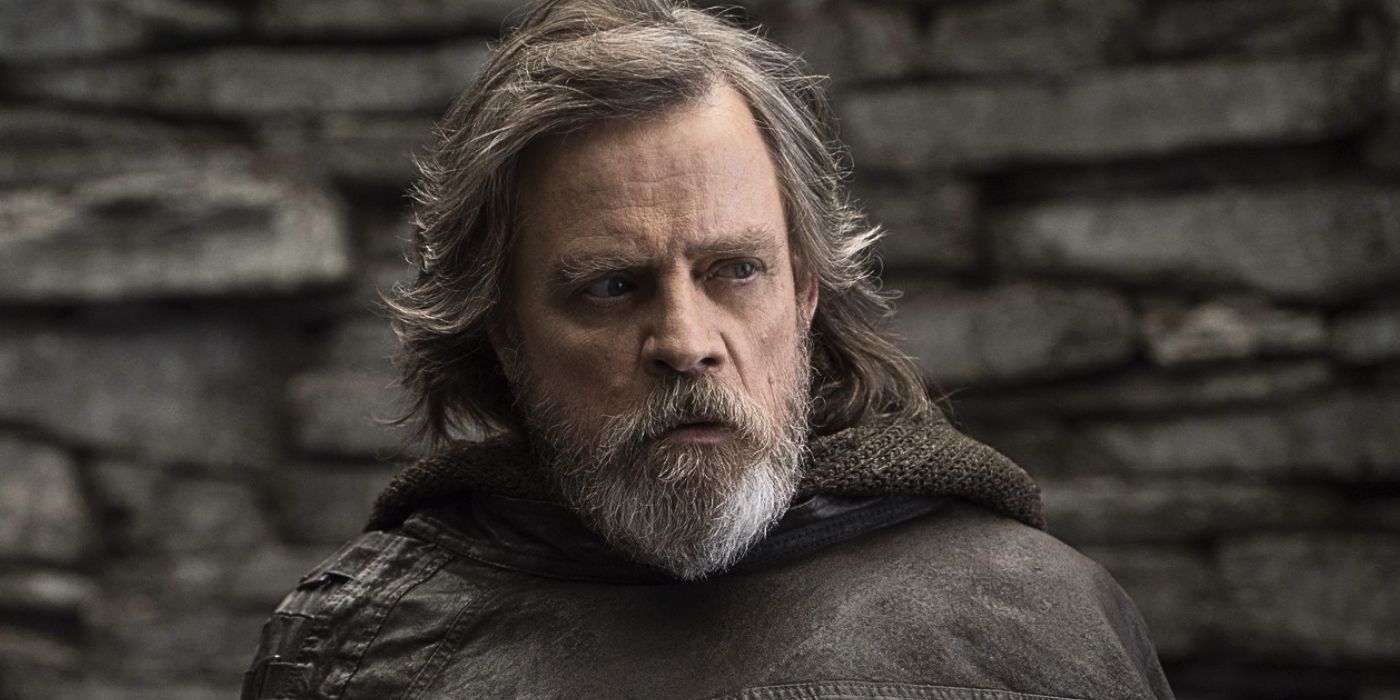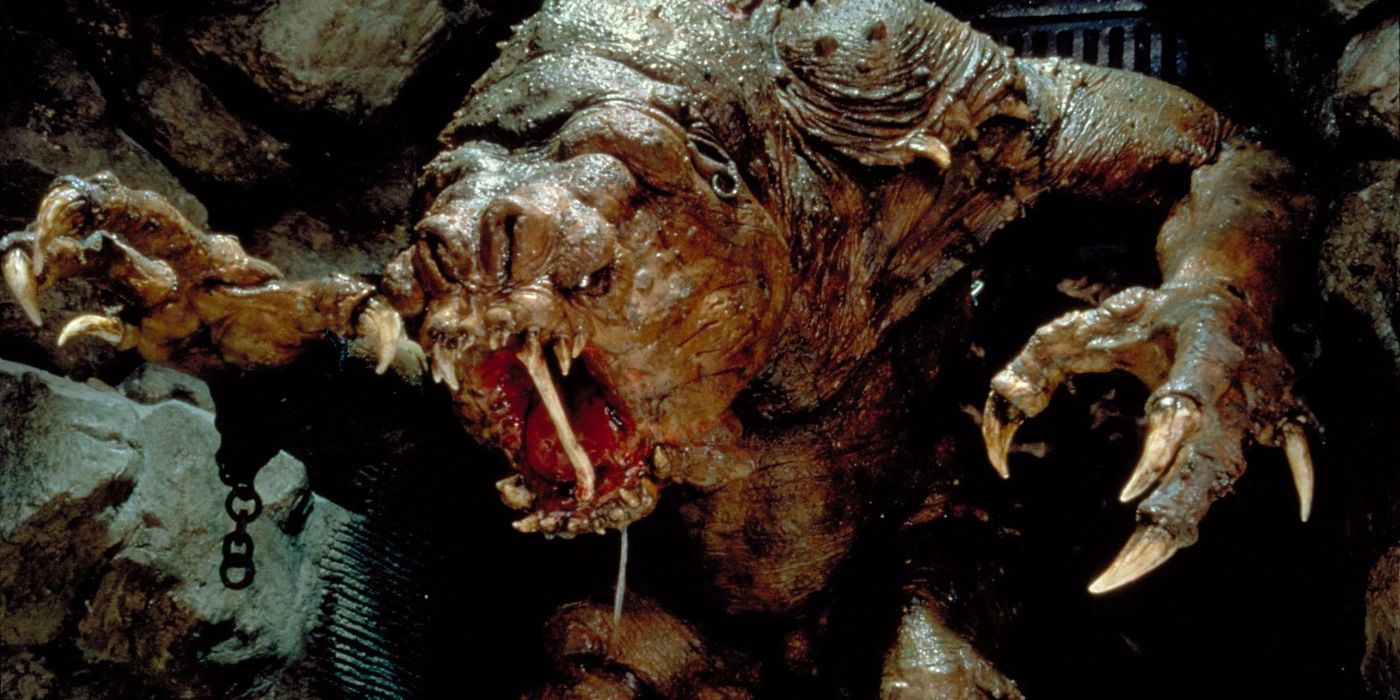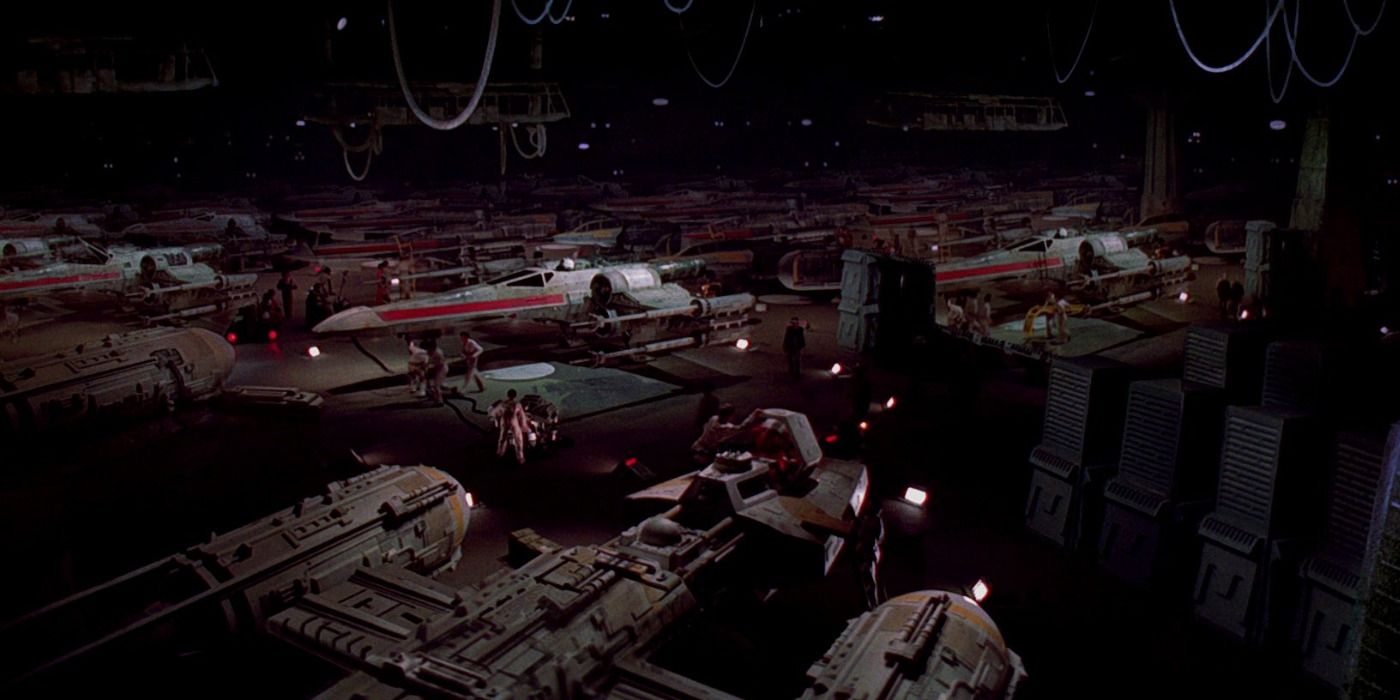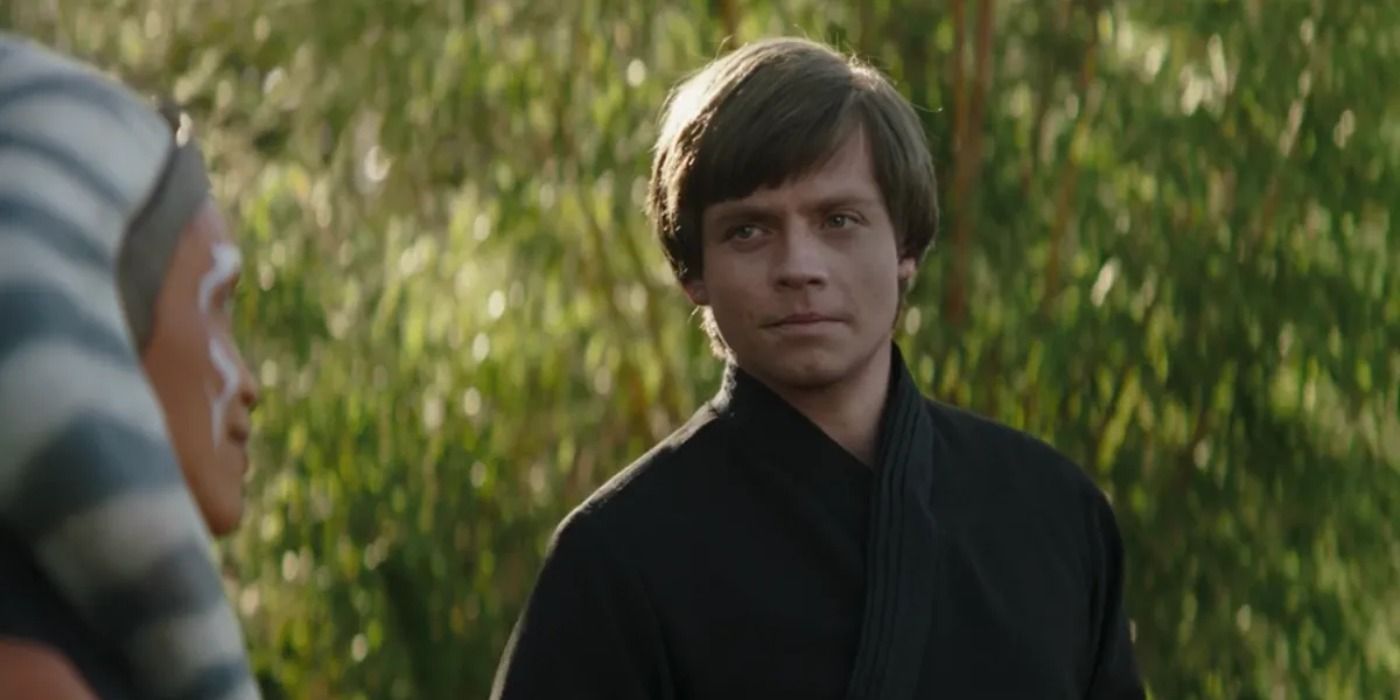
Star Wars is an iconic franchise, cherished for its captivating characters and unforgettable scenes that have left an indelible mark on countless viewers across the globe for decades. Yet, it’s also been criticized for some questionable and cringeworthy moments that have undeniably affected its overall image. Examples include Greedo shooting first, Midi-Chlorians, and the return of Palpatine. However, none of these instances are as problematic as the AI-created short film titled Star Wars: Field Guide, which was showcased during a TED talk by Lucasfilm’s senior vice president of creative innovation, Rob Bredow.
The TED talk, humorously dubbed ‘Star Wars Revamps Visual Effects – AI is Pioneering Once More’, delved into the application of AI tools within visual effects projects at studios such as Industrial Light and Magic. The central focus was a short film named Star Wars: Field Guide, which mimicked the style of a National Geographic-like documentary, presented from the perspective of an exploratory droid scout, documenting potential new alien species that could appear in the Star Wars universe.
Instead of showcasing the remarkable capabilities of AI-created visuals for film, what was intended became a foreboding preview of potential destruction for cinema’s future. Regrettably, the final product turned out to be a monotonous, uninspired disaster that accentuated the limitations of AI and disrespected everything that made Star Wars beloved, while also hinting at larger problems within the franchise and the direction movies are taking.
‘Star Wars: Field Guide’ Looks Terrible and Nothing Like ‘Star Wars’

It’s important to address the elephant in the room: the brief presentation and the characters appear quite rough. If they were trying to pass it off as a work-in-progress, why show it at all? Why not invest in a professional concept artist since they mentioned hiring a team later on anyway? Was ILM under the impression that this would be impressive?
In the tech exhibit, none of the displayed “creatures” share any similarity with beings from the Star Wars universe. Instead, they are Earth animals with unusual flaws or combinations that don’t resemble any Star Wars alien. The most substantial change in transforming these animals into aliens seems to be altering their colors, particularly making many of them blue. One might wonder if there was confusion between Star Wars and Avatar, as this doesn’t appear to be anything like Star Wars. It seems more like a rehash without any creativity or originality. In essence, it offers nothing new.
The presentation underscores the limited creativity found in current generative AI technology, as it can’t invent novel ideas but instead draws upon previously existing sources. Instead of creating unique entities akin to those seen in the Star Wars universe, it generates repetitions or replicas. The imaginative creatures featured in Star Wars were painstakingly crafted by numerous gifted concept artists and then meticulously brought to life by skilled technicians. These collaborative efforts resulted in some of the most creative films ever made, a level of innovation that AI technology has yet to achieve.
Furthermore, one might wonder why the AI tool failed to draw from established Star Wars creatures, given the abundance of source material. With nine movies and numerous Disney+ series showcasing creatures from the Star Wars universe, it’s hard to imagine a scarcity of ideas. The publication of “Star Wars Bestiary, Vol. 1: Creatures of the Galaxy” by Insight Editions in November 2024 could have served as valuable reference material for such purposes.
Instead of emphasizing the tool’s lack of originality in creating new aliens by showing us familiar ones like Tauntauns, Rancors, and Porgs, why not demonstrate its ability to replicate beloved Star Wars characters that audiences are already acquainted with? However, what we see instead are 3D representations of animals that appear more akin to preschool children’s artwork rather than something worthy of being displayed on a refrigerator door.
It Goes Against Everything That Makes ‘Star Wars’ Special

The issue I have with the scientific advancements you’ve made here is that they were not earned through hard work or discipline. Instead, you built upon the findings of others and moved forward. You didn’t gain this knowledge on your own, so you don’t feel a sense of responsibility for it. Riding on the backs of intellectual giants, you rushed to achieve something new, quickly patenting, packaging, and marketing it as if it were a toy in a lunchbox.
The key aspect that leaves many puzzled in Star Wars: Field Guide is its attempt to cast AI as a game-changer for cinema, mirroring how Star Wars’ technology innovations improved movies. However, this perspective overlooks the deeper history of the company and the franchise, as well as the fact that such technological advancements were born out of the relentless efforts of numerous dedicated workers who sought to innovate.
From the Dykstraflex Camera to digital computer graphics and CGI motion capture, these advancements took talent, skill, and creativity to bring them to fruition. George Lucas was displeased with ILM’s initial work due to their heavy investment in developing new technology for the film, which consumed half of their budget. However, those individuals collaborated, leveraging their abilities, and produced something extraordinary. Now, ILM itself has presented a tech demo that seems to undermine the efforts of those people, transforming their labor into tools that can be replaced by computers, potentially leading to massive job losses in the film industry for millions and future generations.
In light of the recently released final season of the documentary series, “Light & Magic” on Disney+ in April 2025 – which offers an in-depth look at the history of ILM and the creation of iconic VFX works such as Star Wars, Jurassic Park, and Pirates of the Caribbean: Dead Man’s Chest – it seems particularly disheartening that a presentation on AI could potentially replace these talented individuals whose stories are not only captivating but also whose jobs may be at risk if projects like the Star Wars: Field Guide AI move forward. If you haven’t seen this series yet, I highly recommend doing so to appreciate their contributions to visual effects and get to know the people behind this remarkable craft.
Field Guide.
‘Star Wars’ and Lucasfilm Have a Larger AI Problem

After the highly praised finale of Andor, what was expected to be a triumphant week for Star Wars has instead become embroiled in debate. This isn’t only due to Industrial Light & Magic’s subpar and unfortunate presentation of the Star Wars: Field Guide, but also because of the recent incorporation of Darth Vader into Fortnite. This move has raised concerns, as James Earl Jones previously granted Lucasfilm permission to use AI to replicate his voice prior to his passing. However, it’s worth noting that while Lucasfilm may have the rights, it seems unlikely that Jones intended for Darth Vader to appear in Fortnite, a platform where players have modified Jones’ Vader character to utter profanities and slurs.
Star Wars, along with Lucasfilm as a whole, have been using AI technology extensively in their film and television productions. This is often seen through the creation of digital doppelgangers and deep fakes that make characters seem younger, much like how fans remember them. Examples of this include digitally resurrected versions of Peter Cushing and Carrie Fisher in Rogue One: A Star Wars Story, a more youthful-looking Mark Hamill in The Mandalorian and The Book of Boba Fett, the voice of Darth Vader in Obi-Wan Kenobi, and a de-aged Harrison Ford at the beginning of Indiana Jones and the Dial of Destiny.
Instead of acknowledging that these characters are portrayed by real actors who will inevitably grow out of their roles and either transition to new narratives or be replaced, it appears as though they’ve resurrected these characters digitally. Yes, Harrison Ford, Mark Hamill, and Carrie Fisher gave their consent for this project, and ILM refined it. However, does that mean Lucasfilm should have initiated this digital revival from the start?
In more casual terms, Andor recently switched out Bail Organa’s role, with Benjamin Pratt stepping into the part. At first, this change might have been a bit jarring for viewers, but they soon adjusted, and ultimately, it turned out to be an improvement. Both Alden Ehrenreich and Donald Glover delivered impressive performances as Han Solo and Lando Calrissian respectively. Interestingly, one of the most beloved Star Wars actors, Ewan McGregor, took over the role of Obi-Wan Kenobi from the late Alec Guinness. If they had the deep fake technology back in 1999, would it have been better to create a young Alec Guinness instead?
The term “slop” is frequently used as a way to criticize something, often when someone doesn’t appreciate it or feel inclined to engage with it. However, it’s important to remember that even a controversial movie or TV show was created by numerous skilled artists who dedicated their time and energy to it. It might not be your cup of tea, but it’s worth giving it a fair chance and approaching it thoughtfully. Just because you don’t enjoy Ahsoka, The Rise of Skywalker, The Acolyte, or the prequels doesn’t mean they weren’t challenging to produce, and they merit a certain level of respect for that effort.
Instead of saying that the AI-generated Star Wars: Field Guide is “slop,” you might consider rephrasing as follows: The AI-produced Star Wars Field Guide comes across as unimaginative, off-putting, and disheartening – a far cry from what Star Wars should represent. This work was anticipated to be an exciting development, but it feels more like a warning of the potential downfall of Star Wars and the broader film industry.
Read More
2025-05-20 02:04